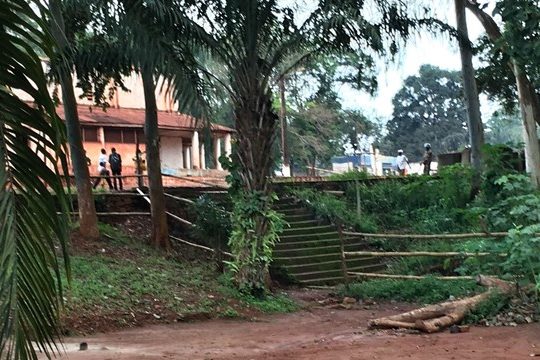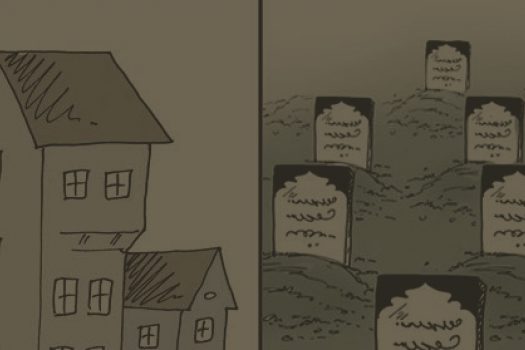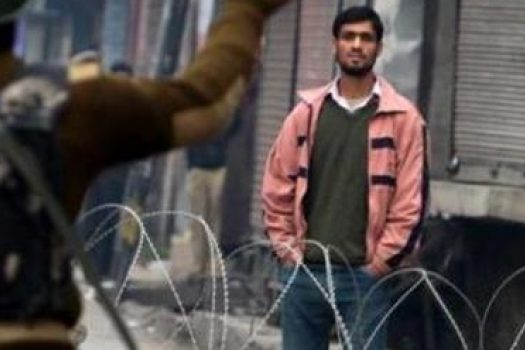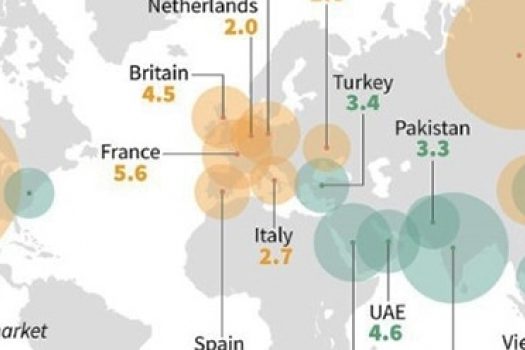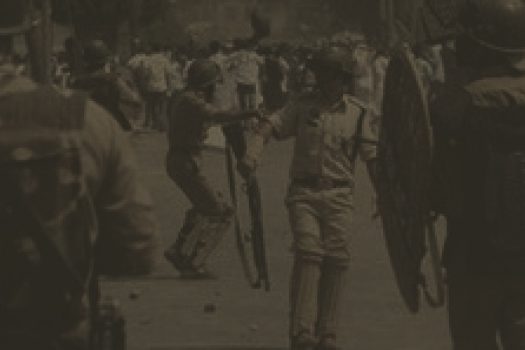Punishing Kashmiris For Hoisting Third-Country Flag
Human rights activists worldwide are facing a new legal question in Kashmir: If Kashmiris raise the national flag of another country, say Pakistan, during peaceful protests, can India’s occupation administration try them under Indian national laws on sedition?
Recently we saw few incidents in Indian Occupied Kashmir where hoisting of National flag of Pakistan caused trouble to the administration & Government of India. Firstly Indian police registered an FIR against Jammu and Kashmir leader Asiya Andrabi for unfurling Pakistan flag on its national day in Srinagar and now Masrat Alam has been arrested in the case registered in police, connection with the provocative actions during the rally where Alam hoisted the National Flag of Pakistan.
If we look into the recent history of Indian Occupied Kashmir, hoisting of Pakistani flags is not new, whenever Kashmiris get a chance and whenever they have to show their love towards Pakistan and express their hatred against India, Kashmir turns Green. Hoisting of Pakistani flag has not just been seen during the political rallies in Kashmir, but Pakistani flags get hoisted on 14th of August (Independence Day of Pakistan), 23rd March (National Day of Pakistan) and during every Match Pakistan play or wins against India. Those wearing green shirts during the Cricket world cup were not any political workers, they are common Kashmiri youth. Those Kashmiri students expelled from their university and threatened with sedition charges because they cheered for the Pakistani cricket team during a televised match against India, are the new generation representing the sentiments of Kashmiri youth.

